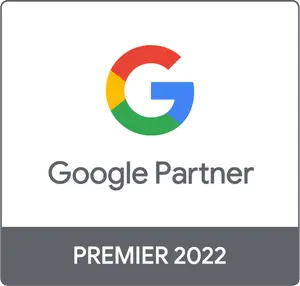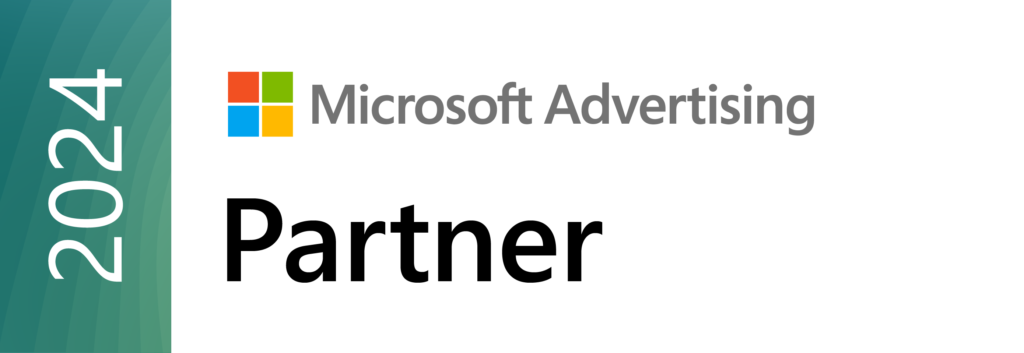The often forgotten but powerful Google Business Profile tool, formerly known as Google My Business, helps users find information about restaurants, hotels, schools, shops, workshops, and other businesses in their local searches. According to Google, 4 out of 5 users consult online search engines to find local information such as opening hours, addresses, phone numbers, or reviews before visiting a business. Having a complete profile is one of the most powerful local SEO strategies available.
Working on and optimizing this free tool to the fullest is crucial if you want to achieve good search engine results and generate a positive atmosphere for your brand's reputation. In addition to the benefit of sharing information with users, you'll increase your visibility on Google and gain credibility with customer reviews.
How can you get the most out of this tool and consider it as another channel in your digital strategy?
Below we share 3 mistakes and 3 best practices when creating and managing your business listing:
Error 1: Delegating the creation of the company file to a third party
A fairly common mistake when opening a new channel. Creating the business profile should always be the company's responsibility, and even if a third party is assisting with the process, the email used to sign up for the service should always be the company's own. This is very important to ensure future access, as once the profile is created, access will be required to verify the account, keep it updated, respond to comments, etc.
Once the profile is created, you can delegate access to different users to keep it active, but the primary email address the profile must be linked to is a company account.
Error 2: Not completing the company categories
When a business doesn't appear on Google Maps when you perform a local search, we recommend reviewing the listing fields again and filling them out with as much information as possible.
One of the most important fields for indexing in Google Maps is the "category" field. You must indicate the category under which your products or services fall. You can add multiple categories, and the more specific the better.
It's not a good practice to include the type of service or your products in your business name, as it's not something Google considers as a good result for Google Maps. We recommend including your business name in the "Name" field and your business's business description in the "Description" and "Categories" fields.
Mistake 3: Not responding to user reviews
Creating a business profile and never having to return to update it or manage customer comments is a delicate matter. Just one negative review or an erroneous comment is enough to set off all the alarm bells and the company must react.
Deleting a comment, besides the fact that the tool doesn't allow it, isn't the best solution. We recommend always responding, either by offering a solution or by providing the company's perspective if the review is inaccurate. This way, other users can see that the company is responding to negative reviews and will reflect positively on the company's image.
Best Practice 1: Chat with your potential clients
Any digital tool, such as a social network, has the potential to become a customer service tool. Google Business Profile is no exception, with its Google Business Messages feature. Activating this option will allow your potential customers to communicate with you in a simple and direct way, allowing them to resolve their questions in real time and creating a closer relationship with your brand.
Best Practice 2: Leverage your keywords
Start by adding the keywords you've selected for your business to your listing description. This is the easiest and quickest way to improve the relevance of your business profile. You can then use them in your various Google Posts, always keeping in mind that Google's content policy requires you to only publish content that creates a positive experience for your customers. Therefore, you shouldn't publish off-topic or irrelevant content just to add your keywords. As a Pro Tip, we recommend encouraging your customers to use certain keywords when leaving reviews to further boost your business's visibility.
Best Practice 3: Have a good channel strategy and keep it alive
Showing your business and/or products through photographs so users can see that they actually exist is something Google values when offering a relevant result. It's recommended to use a photo of the people behind the business as the first photograph, as this will create a more human connection. Users can also upload photos of the business.
Another way to let Google know that your business listing is active is through Google Posts. This dynamic indicator will give you a certain advantage in the search engine. From a strategic perspective, Google Posts are an effective way to inform customers about news, events, offers, and upcoming promotions with a direct call to action. Use high-quality, eye-catching images that are relevant to the content of the post.
To summarize, having a Google business listing isn't a one-time task. This powerful local marketing tool requires ongoing maintenance to increase your business's online presence. Keeping it on your team's roadmap as another channel will help maximize its benefits. Therefore, don't forget:
-
Update your business information, even the smallest details, such as a change in opening and/or closing hours.
-
Publish posts and upload photos regularly
-
Maintain a constant flow of opinions.
-
Monitor and respond to reviews.
-
Stay up to date with new tool updates to take full advantage of the tab's potential.






